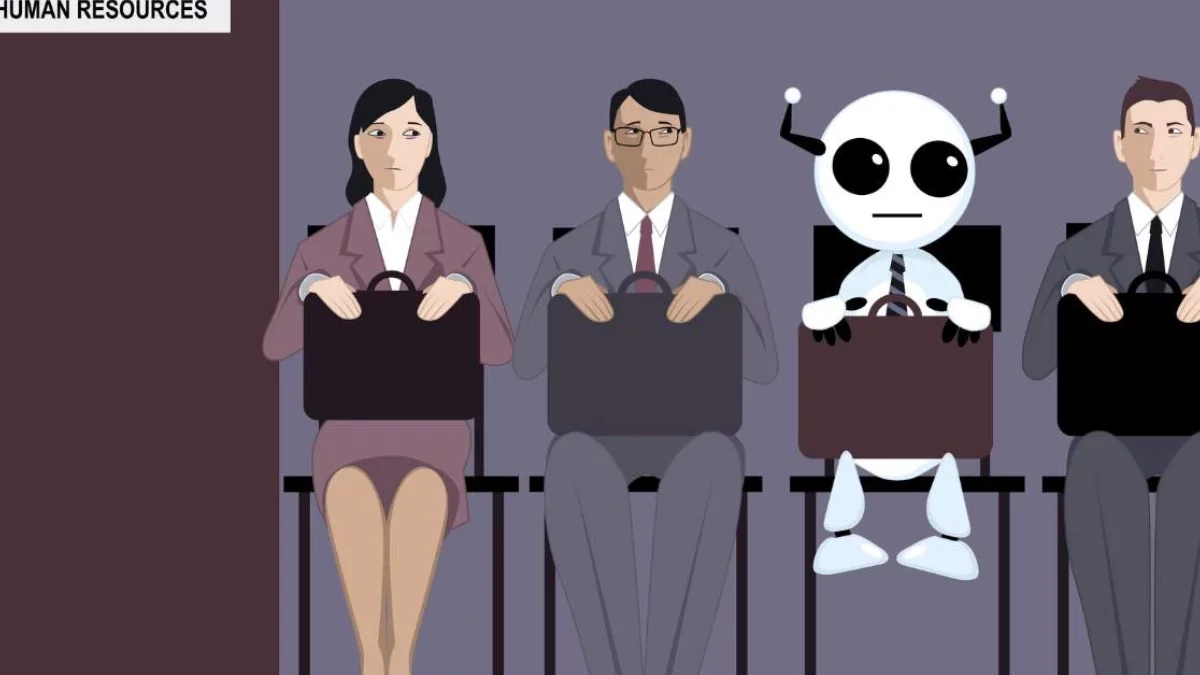Robot Ethics Should robots have rights or rites? The robot rights debate is still ongoing, but it may need not be black and white. Some experts and thought leaders are exploring worthwhile alternatives, such as the Confucianism rites approach
Remember when smacking a computer, dishwasher, or refrigerator somehow made them work properly or stopped them from acting up? Doing the same to robots powered by artificial intelligence (AI) may not be as rewarding. The practice may even raise several ethical questions that are part of the robot rights debate.
Is it okay to hit a robot? After all, it is essentially just a piece of software inside a hardware shell shape like a human or an animal—not too different from your desktop computer.
And the ultimate question in the robot rights debate: Should robots be given rights? Some people argue that they should be protect from the physical abuse depict in the video below and from labor and workplace abuse.
Table of Contents
Right versus Rite: What’s the Difference?
Rights refer to the moral entitlement of an entity to do or obtain something. For instance, humans have the right to liberty and security, among other things. Advocates like Mark Fischer believe that robots could also attain the grounds for human rights, such as consciousness, free will, and rationality. Animals even have rights, including the right to avoid suffering. Corporations and other organizations are also given certain rights.
Kim agrees with this to a certain extent. Saying, “A major standard when discussing whether to grant moral status is sapience (advanced intelligence). If AI-power robots can have such intelligence that grants humans moral status, it follows that AI-power robots deserve some moral status.”
But giving them rights is not the only way to grant such moral status. Kim suggests that rites might be a superior option.
Rites are rituals that promote morality in our relationships with other rite bearers. It’s a concept based on Confucianism, and Kim specifically defines a rite as:
A set of sequentially related acts, typically involving more than one agent, and together displaying symbolic significance, through which the actor/s recognize/s the value of the interactive event constituted by the actor/s and take/s a stance regarding each other.”
What If Robots Had Rights?
When applied to the context of robot ethics, giving robots rights could result in them saying things like, “I have the right to rest. Therefore, you can’t let me work for more than eight hours a day.”
However, if both humans and robots rite bear, the robot may say, “We to finish this batch today. So I can continue work until we’re done.”
Kim espouses that the rights approach is adversarial—robots (or their advocates) may feel the need to protect their rights and become defensive. That could be all we need to make movies like The Matrix, The Terminator, and The Avengers: Age of Ultron come true.
But the rites perspective promotes teamwork and protects relationships and is, therefore, more superior, according to Kim.
Beyond robot ethics and in the social context, the rights perspective pushes a person to defensively say, “I have the right to free speech so I can say anything I want.” But the rite perspective would allow people to double-take and think, “What I’m about to say might hurt another person, so I will keep it to myself.”
Beyond the Three Laws of Robotics
“To develop robots as rite-bearers, they must be power by a kind of AI capable of imitating humans’ capacity to recognize and execute team activities,” Kim said in the article. The statement takes us back to the three laws of robotics and the need to improve them.
Scientists are developing robots that can “see the world through the eyes of the human with which it interacts.” instead of focusing on adversarial laws, developing robots based on human-robot teamwork and relationships may be more empowering. Kim’s rite approach may work with the empowerment concept developed by scientists from the University of Hertfordshire.
What if robots had rights? From Kim’s perspective, this could be an adversarial approach that won’t help address the risk of robots fighting with humans—on the other hand, making robots rite-bearers can foster community and teamwork.

